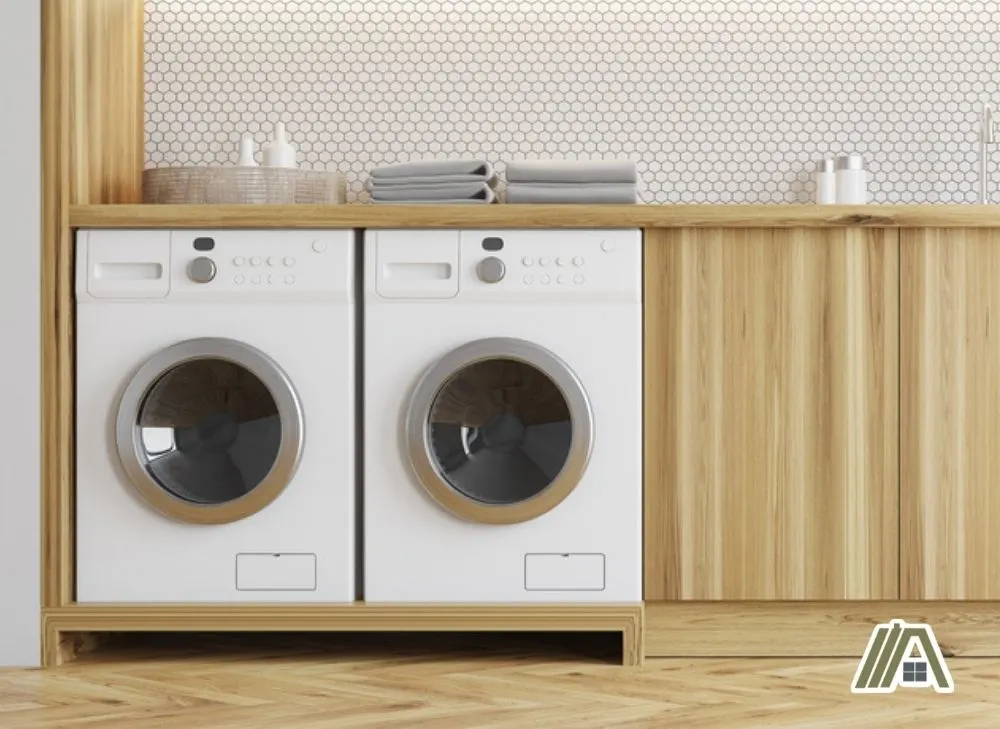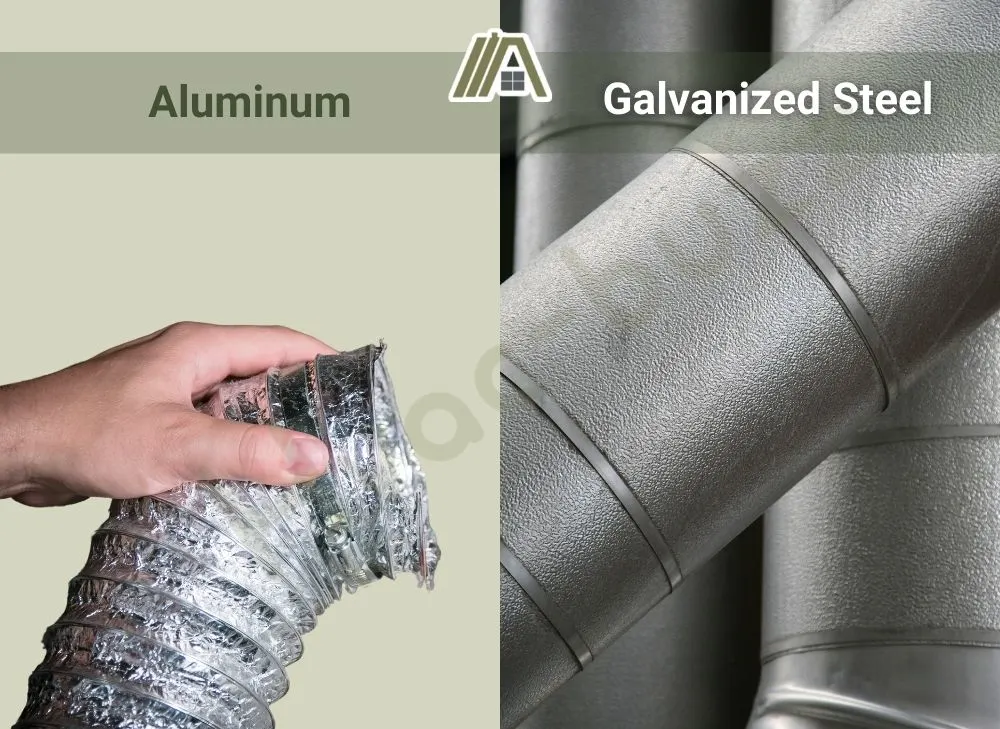Although heating up air is something most people understand about dryers, they may fail to consider that the dryer ducts also heat up. For the sake of safety, it is important to know that dryer ducts do heat up and what hot dryer ducts could lead to.
This article provides an in-depth look into dryer ducts. Here, you can find discussions about dryer ducts and their temperature ranges. Additionally, information is provided regarding what could happen when the dryer ducts get hot and how to mitigate the risks associated with hot dryer ducts.

Dryer vents can reach temperatures of 110-130 °F if the dryer is functioning properly. Overheating dryers can have duct temperatures of 145-160 °F. As such, dryer ducts are dangerous to touch and can also damage wiring and flammable materials near the ducts.
Normal Temperature of the Air in the Dryer Ducts
The average temperature of the air in a dryer drum is typically between 120 and 160 °F (all temperatures in this article refer to Fahrenheit). As such, the temperature within dryer ducts is most likely close but slightly lower than these temperatures.
The reason why the temperatures are lower is that the ducts are not in direct contact with the heating source for the hot air, and as the air moves through the duct, heat is lost.
Electric and gas dryers differ in their temperatures, and this means that the temperature of the air in the ducts will depend on the type of dryer you have.

Electric dryers tend to top out around 140 °F in the drum. Gas dryers, on the other hand, have a max temperature of around 155 °F.
So, the max temperature that a dryer reaches can be impacted by what the dryer runs on (electricity or gas), but it also depends on the intended consumer (home use, industrial, etc.).
How quickly the ducts get hot also depends on the type of dryer. This is because gas dryers tend to heat up more quickly than their electric counterparts.
How Hot Can It Get?
Dryers that exceed 180 °F will cut out as they sense that they are overheating.
Most dryers have an internal thermostat that keeps track of the heat levels inside the drum. If the thermostat finds temperatures are exceeding the normal limit, it shuts the machine off.
The reason for this is that such temperatures can damage clothes, and also greatly increase the risk of fires occurring.
In the case of electric dryers, the fuses in the dryer could actually burst if the temperatures are too high.
Why Dryers Overheat
Dryers can overheat for various reasons:
- Lint buildup as a result of poor maintenance can cause poor airflow and make the blower work harder to exhaust the air, which leads to the buildup of heat.
- Blocking the dryer intake vent can also cause overheating as new air is not able to enter the system.
- Over-filling the drum will block off proper airflow and allow excessive heat to build up.
- If the temperature monitor/shut-off switches are not functioning properly, anything that causes overheating will not trigger the safety mechanism and the heat will continue to build up.
- Faulty heating elements may get hotter than they are supposed to.
Does the Heat Transfer to the Ducts?
Dryer ducting must be made of galvanized steel or aluminum.
Although the dryer ductwork does not get as hot as the dryer itself, it still gets quite hot. Normally, the ductwork of a dryer ranges between 110 and 130 °F for a properly functioning dryer.
For an overheating dryer, the temperature range of the ducts (not the air inside them) can be around 145-160 °F.
Galvanized steel is somewhat resistant to transferring heat, but only slightly. Galvanized steel ducts for a dryer will still heat up and can be hot to the touch. These ducts are commonly used in extreme settings and manage heat well, so they can certainly handle the heat of a residential dryer.

Dangers of This Heat
If you were to come into contact with these ducts, you would experience some degree of burning depending on how long you touched the ducts for and what part of your skin it was. Regardless, such burns will be painful.
The heat may be enough to ignite flammable materials nearby, although this does not apply to wood. If your dryer duct runs through the attic where you store boxes or old clothes, then this may become problematic.
There is also only minimal risk when the ducts come into contact with gas lines and even electrical wiring is safe as long as the insulation material surrounding the wires is designed to withstand high-enough temperatures.
Mitigating the Risks
One of the easiest things that can be done to reduce the risks is cleaning the lint trap in the dryer and cleaning the dryer ducts. The ducts can be cleaned on your own using a cleaning kit (amazon link).
This will not stop the ducts from getting hot, but it will prevent them from becoming hotter than normal, which would, obviously, increase the risk.
You can also keep flammable materials away from the dryer ducts to mitigate this risk.
Insulated ducts also greatly reduce the potential for danger. They prevent the heat from the ducts from affecting the surroundings and they also prevent direct contact between the ducts and you, flammable materials, electrical wiring, etc.
Insulated ductwork has more benefits than just reducing the potential for fires too. Insulated ducts improve airflow and help make the ducts more efficient. Additionally, insulated ducts prevent excess heat from building up around the ducts and in the house.
Sources
https://homeinspectioninsider.com/how-hot-a-dryer-vent-gets/
https://www.homesandgardens.com/kitchens/tumble-dryer-temperature-guide

